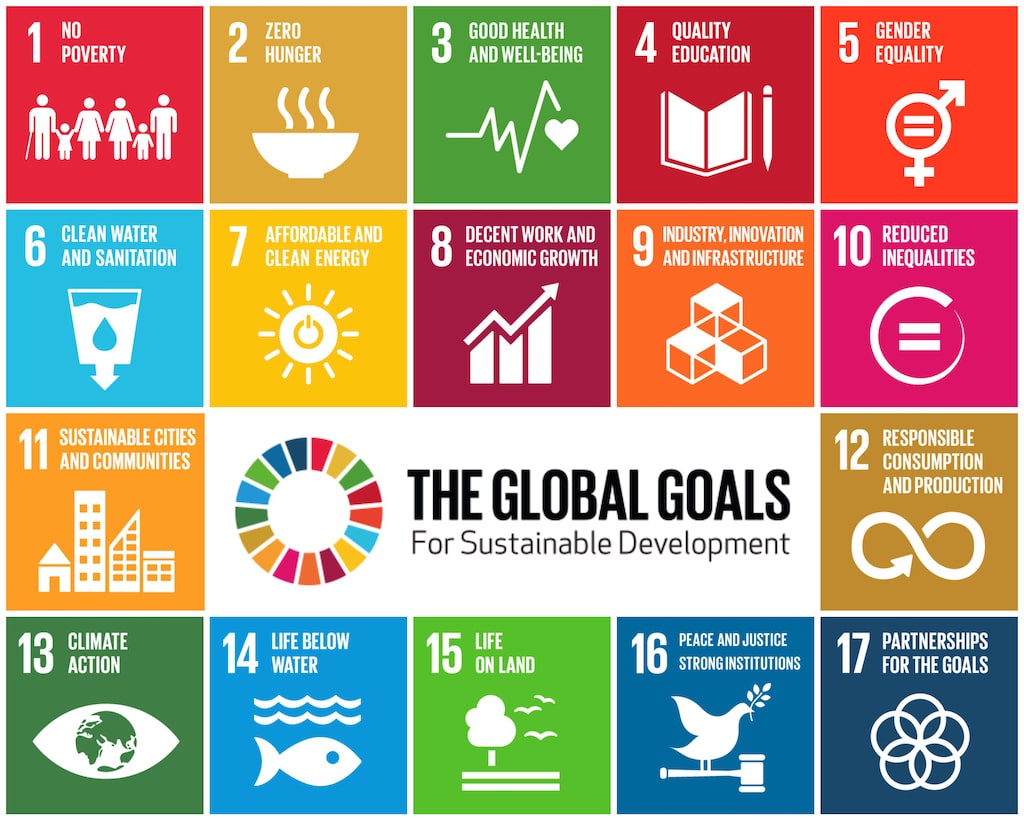In 2017, participants in the Geneva IoT Week developed an international declaration on the Internet of Things for Sustainable Development. The United Nations (UN) has determined 17 Sustainable Development Goals (SDG) which helps the world to guide with what is important. The University of Cambridge has simplified the UN model and grouped particular SDG’s into a six-ambition mode.
According to experts, the IoT is needed in e.g.:
- to combat climate change;
- to conserve biodiversity and eco-monitoring;
- to tackle hunger, water and food security.
What technologies are already in use?
1) The most common are environmental monitoring and forecasting sensors. They measure temperature, humidity, and concentration of chemical pollutants in the air, water, and soil, as well as check for noise, radioactive pollution and more.
2) Smart collection and recycling of municipal waste. Using the IoT, it is possible to monitor the fullness of waste bins and call an operator to clean them in good time.
3) The IoT in agriculture helps ensure the environmental safety of products and improve their quality. Farmers do this by tilling the land, selecting fertilisers for the plants, etc., based on regularly updated detailed data on soil quality.
4) The smart home/city/plant helps to conserve nature by reducing energy consumption. This part is most attractive to businesses and ordinary city dwellers alike.



